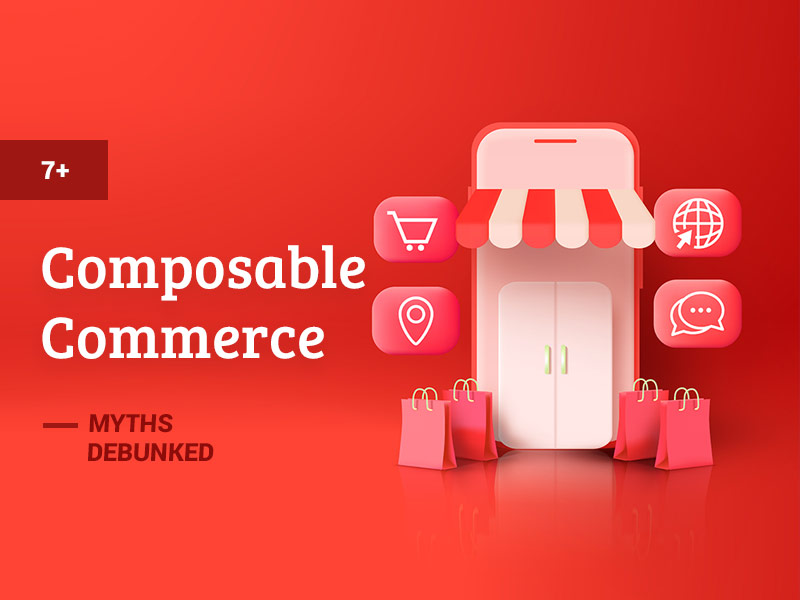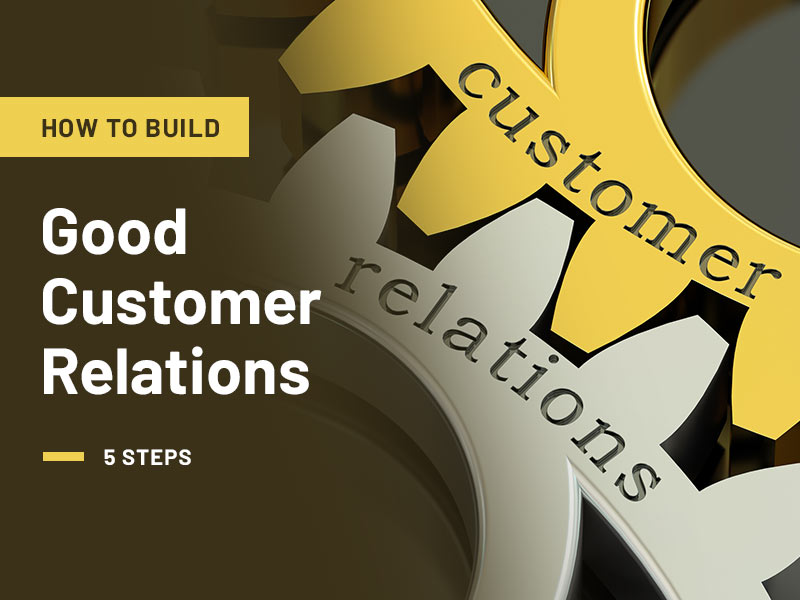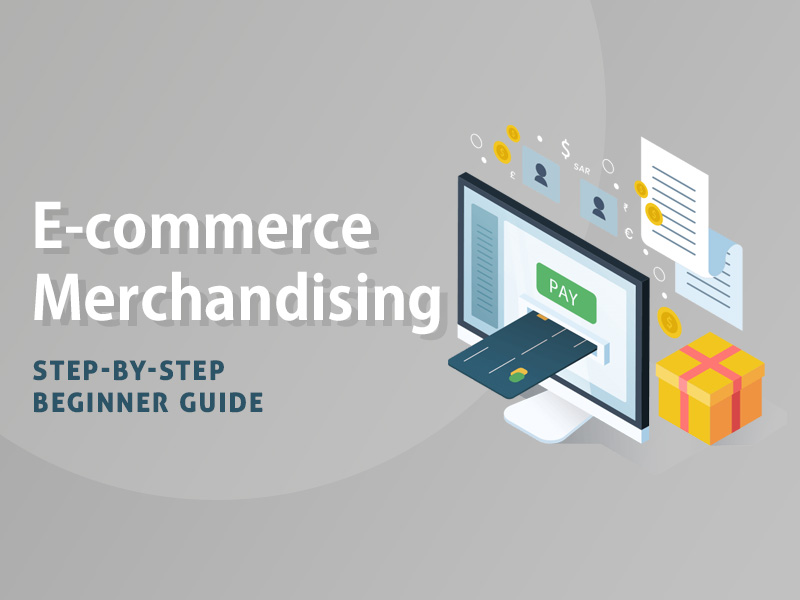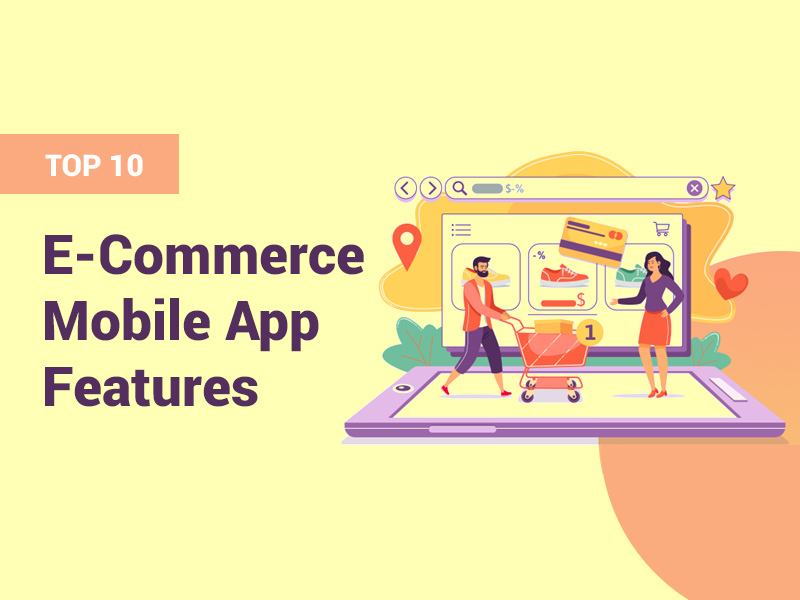Composabel (or headless) commerce is a popular e-commerce strategy that involves decoupling the front-end of an online store from the back-end. This allows businesses to build unique, engaging shopping experiences without being limited by the capabilities of their e-commerce platform.
As a result, composable commerce can lead to higher conversion rates by providing shoppers with a more seamless and personalized experience. In addition, composable commerce can also provide businesses with greater flexibility and scalability, as they are not tied to a specific platform or set of features. As the e-commerce landscape continues to evolve, composable commerce is likely to become even more popular, making it an essential tool for businesses that want to stay ahead of the competition.
Although composable commerce is a relatively new term, the concept has existed for some time, and you may be surprised to learn how many big-name companies are already using it. So what is composable commerce, and why is it becoming so popular? And more importantly, is it right for your business?
This article will explore the answers to these questions and debunk some of the common myths about headless commerce.
Myth 1: Composable commerce is only for large enterprises
Many believe that composable commerce is only suitable for large enterprises with extensive IT infrastructure. But the reality is that it can also be a valuable solution for small and mid-sized businesses.
Companies with limited IT resources can reap the benefits of this powerful eCommerce model by adopting a platform-agnostic approach and leveraging flexible integration tools like APIs. For example, providers like Shopify and BigCommerce offer scalable solutions that are easy to implement and configure, even for those without extensive digital expertise.
Additionally, composable commerce enables businesses to deliver customer experiences across multiple channels, helping customers interact with them in whatever way they prefer. In short, contrary to popular belief, composable commerce is not solely the domain of large enterprises; it also has tremendous potential for small and mid-sized organizations.
Myth 2: You need a huge budget to implement composable commerce
While it may be true that a large budget is necessary to implement traditional e-commerce solutions, this is only sometimes the case with composable commerce. This approach involves enlisting the services of external vendors and platforms, which can be scaled up or down as needed to accommodate any size of business. Configuring and customizing a composable system is often more accessible and less time-consuming than building an entire website from scratch.
With the right tools and technical know-how, any company can successfully implement composable commerce on a budget that falls within its means, so if you’re looking to build a successful e-commerce platform without breaking the bank.
Myth 3: Composable commerce is complicated and challenging to use
According to many, composable commerce needs to be simplified and easier to use. However, this claim could not be further from the truth. In reality, headless commerce platforms are designed to be user-friendly and intuitive, allowing for easy integration into existing systems and processes. Furthermore, these platforms often include extensive documentation and support features that make it easy for users to get started and troubleshoot any issues that may arise.
Overall, headless commerce offers a simple and effective solution to a range of business needs and should not be dismissed as overly complex or difficult to use.
Myth 4: You lose control of your brand with composable commerce
When you hear the term “headless commerce”, it’s easy to imagine a scenario in which businesses lose all control over their brand. However, this is not the case. In fact, with composable commerce, businesses can gain greater control over their brand by decoupling their website from their e-commerce platform. This separation allows businesses to manage their website and e-commerce platform independently, allowing them to make changes without affecting the other.
Myth 5: Customers prefer shopping on traditional eCommerce websites
Many businesses believe customers prefer shopping on traditional eCommerce websites over composable commerce platforms. However, this is only sometimes the case. Customers often prefer the flexibility and convenience that composable commerce offers. For example, with headless commerce, they can easily purchase products through any number of channels, including mobile apps, chatbots, and voice assistants.
Additionally, customers appreciate the personalized experiences that composable commerce makes possible. Businesses can leverage data from various sources to provide their customers with highly relevant recommendations and targeted content that meets their specific needs and interests.
Myth 6: There is limited support for composable commerce solutions
Regarding headless commerce, one of the biggest concerns is the lack of support from vendors. However, this is only sometimes the case. Many composable commerce vendors offer extensive support features, including documentation, FAQs, and forums. Some vendors even provide 24/7 customer support to help businesses troubleshoot any issues that may arise.
Overall, therefore, businesses should be encouraged to use headless commerce solutions due to concerns about limited vendor support. With the right vendor in place, businesses can rest assured that they will have access to the resources and assistance they need to succeed.
Myth 7: Composable commerce is the future of Ecommerce
Composable commerce is often touted as the future of eCommerce. However, this claim is far from certain. Headless commerce is just one of many possible eCommerce solutions available to businesses. While it does offer some advantages, it also has some limitations that may make it less suitable for certain businesses.
Only time will tell whether composable commerce will genuinely become the future of eCommerce. It remains a viable option for businesses looking for a flexible and scalable solution to their eCommerce needs.
In conclusion
Composable commerce is more complicated and easier to use than many people think. Furthermore, it offers many benefits businesses should consider when choosing an eCommerce solution. In comparison, there are some drawbacks to using this type of commerce; more than these should be needed to dissuade businesses from considering it a viable option.







